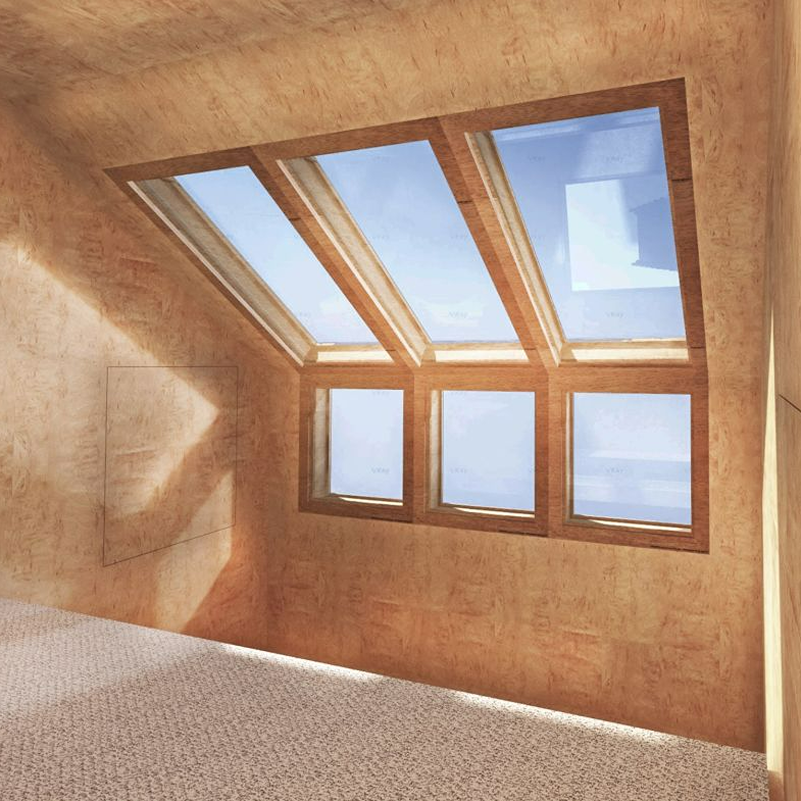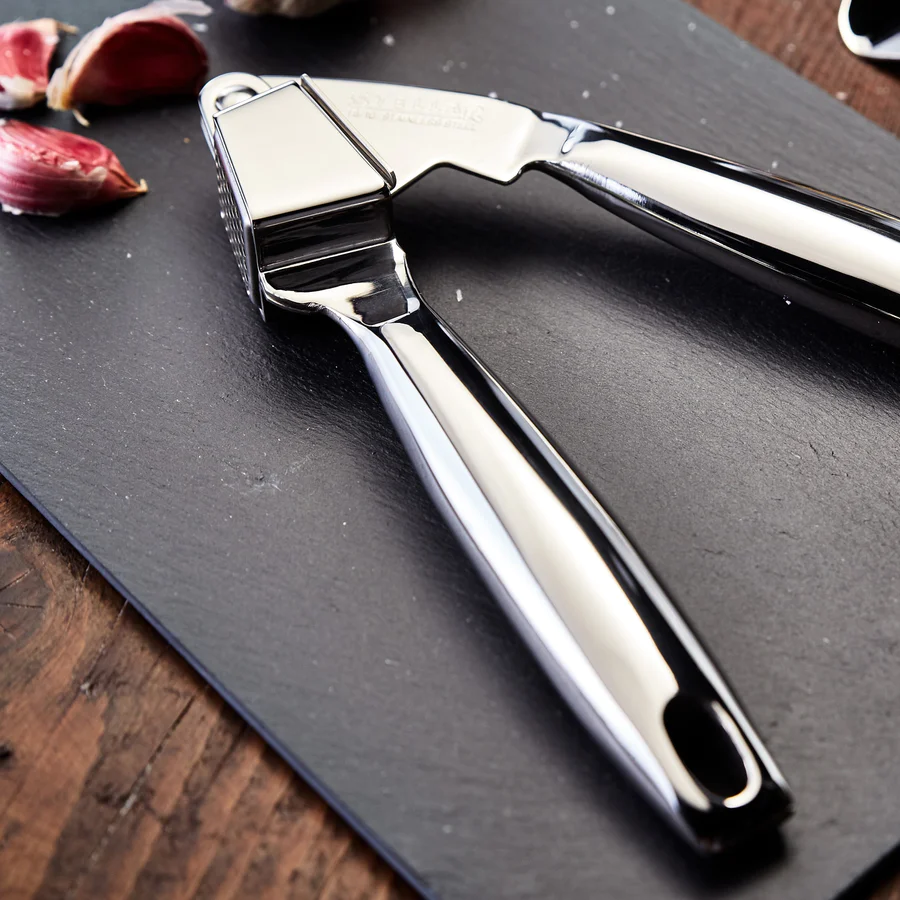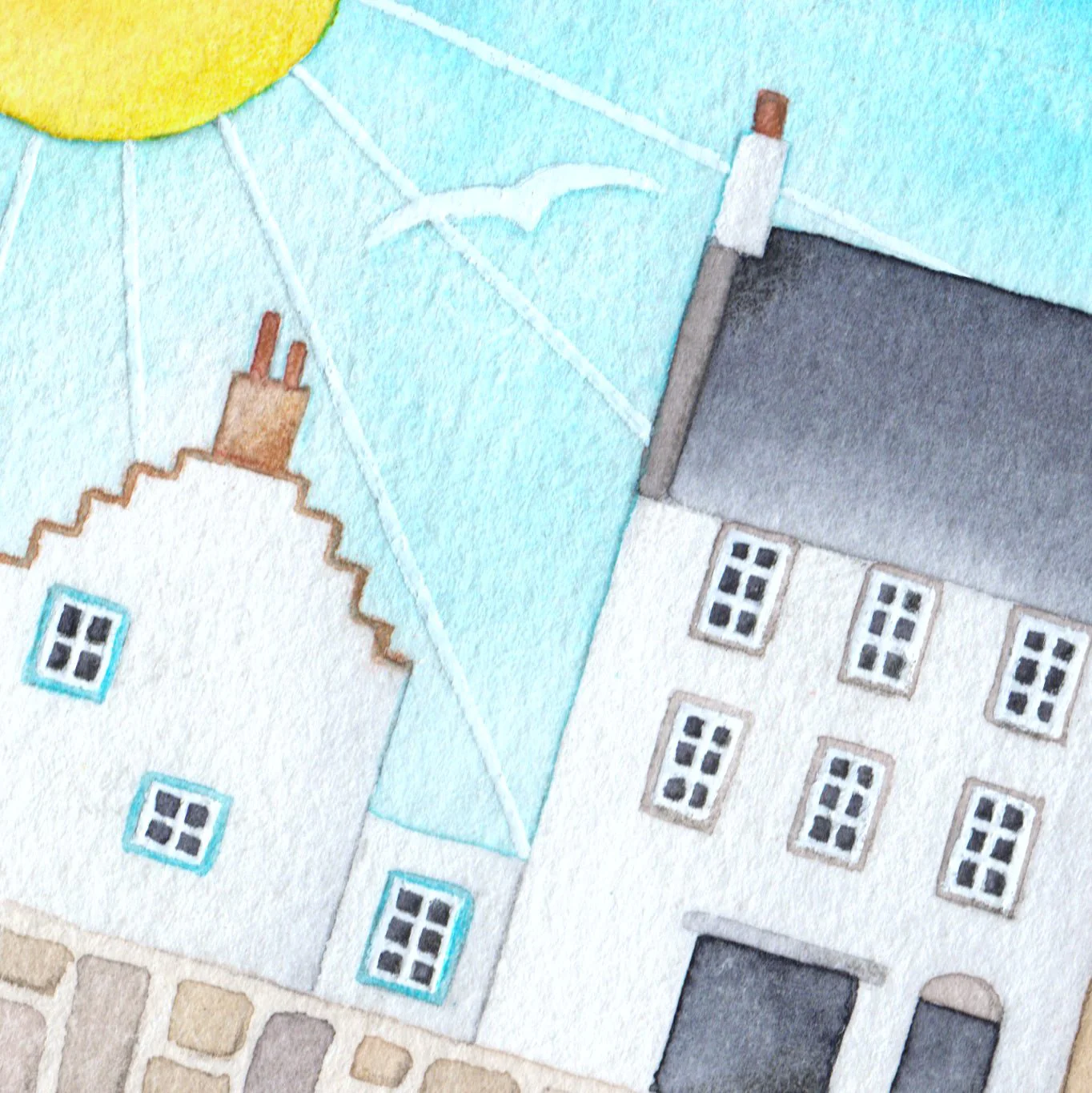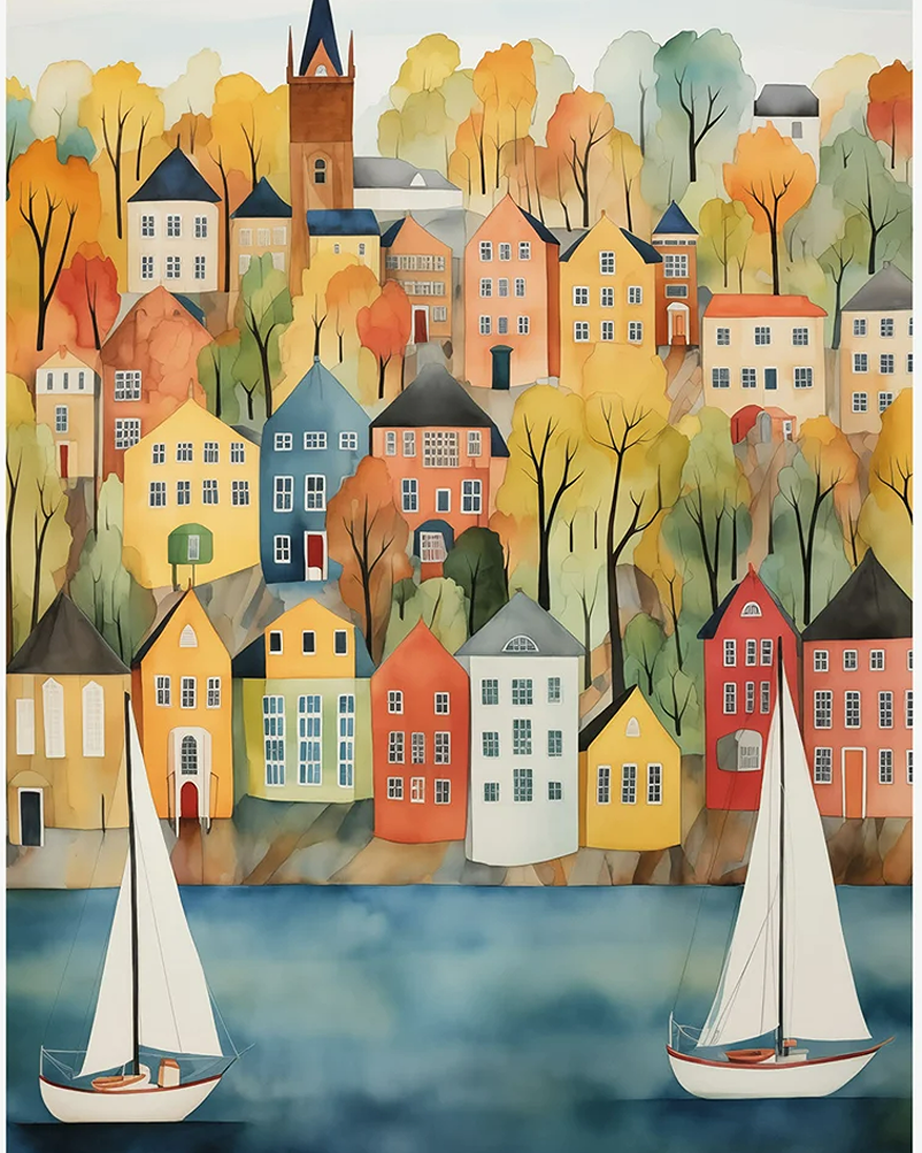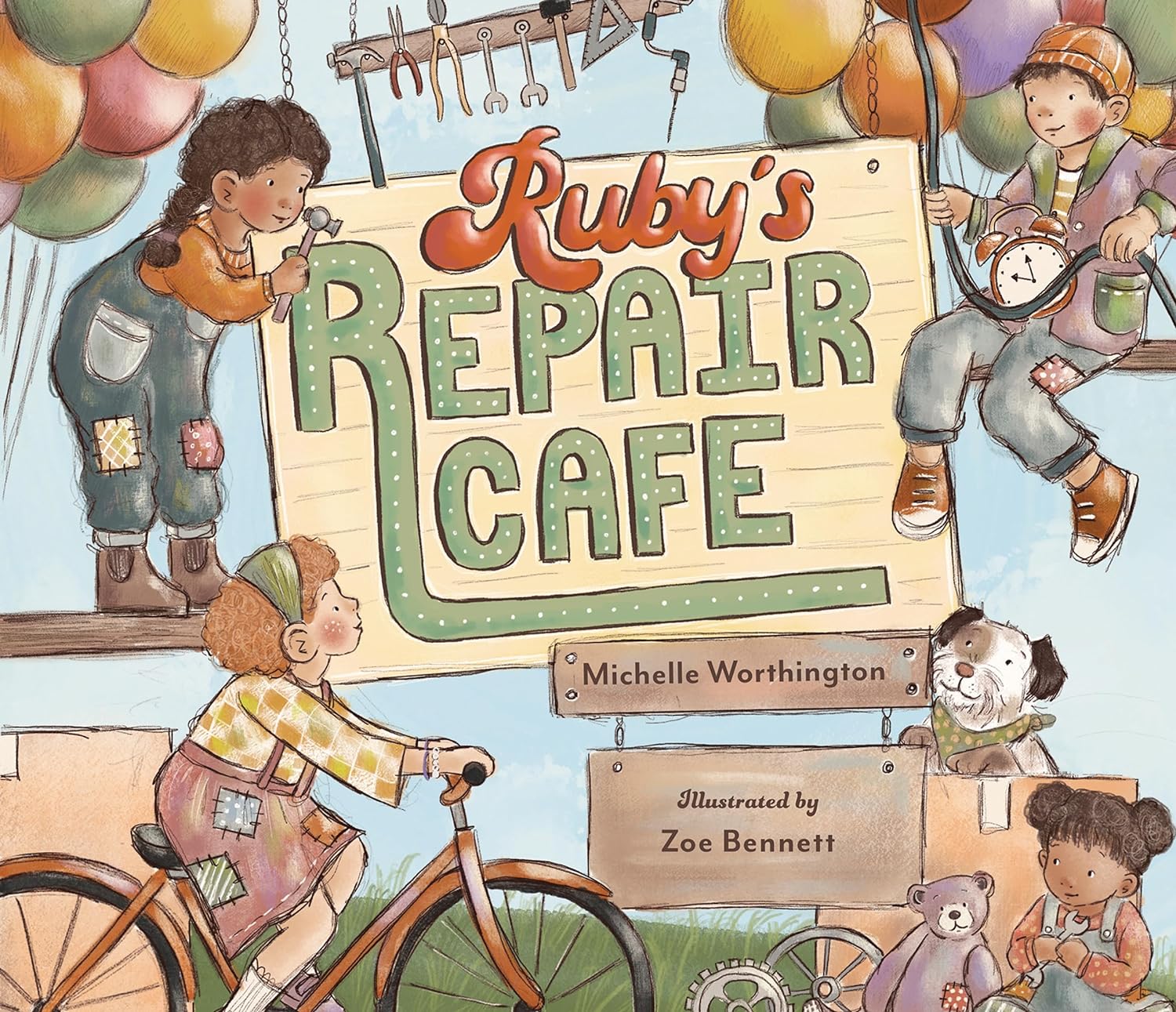
Have you ever wondered what the ‘perfect house paint’ is for the planet (and vegan-friendly too?) Look no further than Graphenstone, sold by The Organic Natural Paint Company (the founder really knows his stuff and includes an excellent guide to what paint to use where – interior, exterior, varnish, kitchens and nurseries etc).
In a nutshell, there is a lot of greenwash around in the paint industry. You want to look for a paint that is free from VOC (volatile organic compounds, which pollute the environment and cause smog). And also is vegan (most brands contain shellac, ox gall and milk casein). And not tested on animals.
Graphenstone is one of the few brands that ticks all the boxes. It carries the Cradle-to-Cradle eco certification, everything is vegan-friendly and it’s so green that 15-litre buckets of its paint absorbs over 10kg of CO2 during curing (the same as one adult tree over a year).
The paint is also top quality, very resistant to cracking and peeling and free from chemical wetting agents. It’s easy to apply and sold in array of natural colours. You can order a beautiful colour chart for just £2, which is handpainted and offers a summary of all 96 colours. The site also lists vegan-friendly wood stains and varnishes.
eco-friendly vegan painting tools

And what about tools? Lick is a brand offering quality zero bristle loss (vegan) paintbrushes made with bamboo handles and recycled aluminium ferrules, and also offers putty knives, compostable paint kettles, eco dust sheets, paint rollers (with refills) made with recycled polyester and a starter kit with everything included, to paint your house. If you wish to support an online indie hardware shop, you can buy the paintbrushes from Heima (and also paint roller sets).
other good brands of eco paint
Clayworks offers naturally-coloured plasters, so you can paint and plaster in one, founded by a couple of lime plastering and cob building experts in Cornwall. They can train up decorators to carry the certification mark.
Linseed paint is popular in Sweden, and good for doors and window frames, as it feeds the wood. However linseed oil is highly flammable, so always store leftovers in water, and dispose of responsibly.
choosing natural paints for heritage buildings
The Organic Natural Paint Co offers tips (heritage buildings are limited by law to colours like white, cream, sage, muted blue, warm reds and browns, plus deep frey and black for ironwork). Linseed paints seep into wood but don’t use near heat and soak everything in water, as it’s highly flammable. Lifetime Wood Treatment (also sold in UK) is a nontoxic alternative to creosote.

